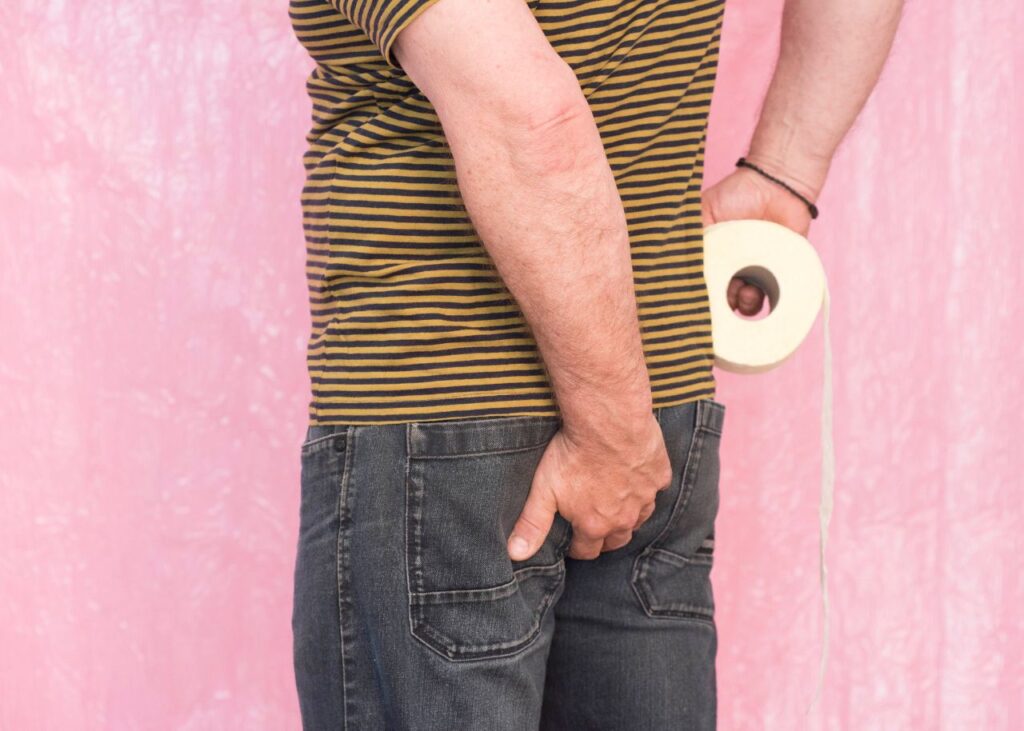
What Are Piles and Why Should You Care?
Have you ever experienced discomfort or pain in your rectal area that makes sitting feel like a nightmare? You might be dealing with piles, a condition that affects millions of people worldwide. Piles, medically known as hemorrhoids, are swollen veins in the lower rectum that can cause significant discomfort and impact your daily life.
The Anatomy of Piles: What’s Really Happening?
Piles develop in the lower part of the rectum where blood vessels become swollen and inflamed. Imagine your blood vessels as tiny rubber bands that stretch and become enlarged due to various factors. These swollen veins can be internal (inside the rectum) or external (around the anal opening), creating different levels of discomfort.
Types of Piles: Not All Hemorrhoids Are Created Equal
- Internal Hemorrhoids
- Located inside the rectum
- Generally less painful
- Can cause bleeding during bowel movements
- External Hemorrhoids
- Visible around the anal area
- More painful and uncomfortable
- Can cause itching, swelling, and bleeding
Common Causes of Piles: Understanding the Triggers
Several lifestyle and health factors contribute to developing piles:
- Chronic constipation
- Prolonged sitting
- Lack of physical activity
- Unhealthy diet
- Obesity
- Pregnancy
- Genetic predisposition
Recognizing the Symptoms: When to Pay Attention
Watch out for these warning signs:
- Rectal bleeding
- Pain during bowel movements
- Itching or irritation in the anal area
- Swelling around the anus
- Painful lumps or swollen tissue
Lifestyle Changes: Your First Line of Defense
Dietary Modifications
- Increase Fiber Intake
- Eat more fruits and vegetables
- Choose whole grains
- Stay hydrated
- Balanced Meal Composition
- One part carbohydrates
- One part green vegetables
- One part raw salad or fruits
Hydration Strategies
- Drink 3-4 liters of water daily
- Start your day with warm water
- Maintain consistent water intake throughout the day
Exercise and Movement: Keeping Things Flowing
Regular physical activity helps prevent piles by:
- Improving digestion
- Reducing constipation
- Maintaining healthy body weight
- Enhancing blood circulation
Recommended Exercises
- Morning walks
- Yoga
- Light stretching
- Avoiding prolonged sitting
Natural Remedies: Gentle Solutions for Relief
Cold Compress Therapy
- Apply cold compress for 15-20 minutes
- Helps reduce swelling and provides relief
Herbal Interventions
- Consume okra (lady’s finger)
- Use natural anti-inflammatory herbs
When to Seek Medical Help
Consult a healthcare professional if you experience:
- Severe pain
- Persistent bleeding
- Large, protruding hemorrhoids
- No improvement with home remedies
Prevention: Your Long-Term Strategy
- Maintain a high-fiber diet
- Stay hydrated
- Exercise regularly
- Practice good toilet habits
- Avoid straining during bowel movements
What to Avoid
- Processed foods
- Excessive spicy meals
- Sitting for prolonged periods
- Alcohol and tobacco
- Stress
Conclusion: Taking Control of Your Health
Piles don’t have to control your life. With proper understanding, lifestyle modifications, and proactive management, you can significantly reduce your risk and find relief.

